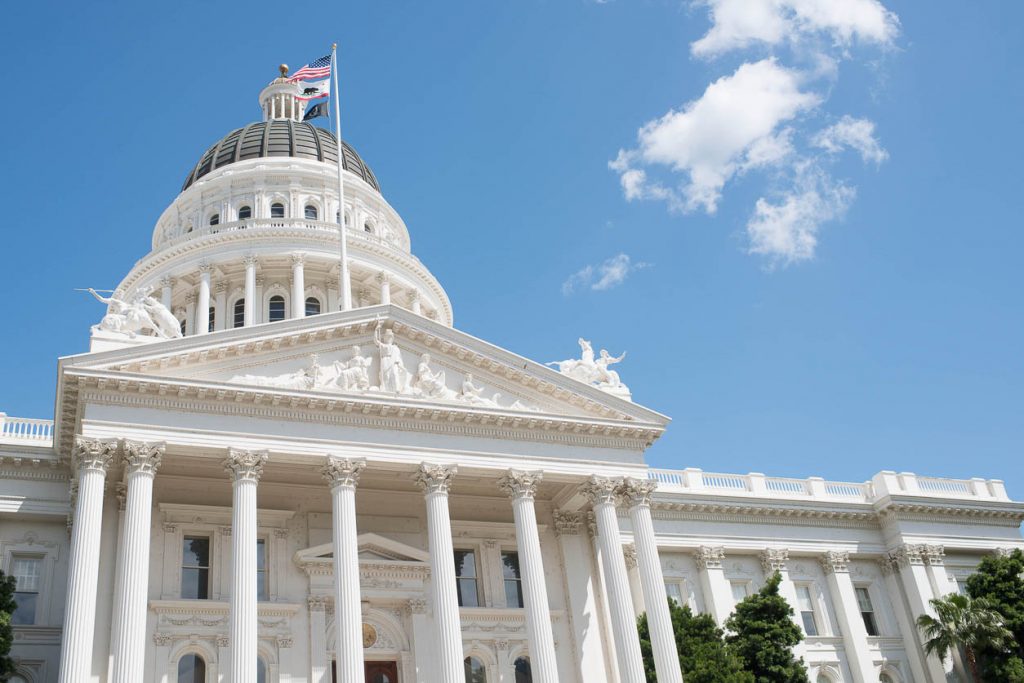
Related Resources
The state budget is about more than dollars and cents. Our resources on the California state budget can help us all ask: What kind of California do you want to live in?
-
Video
State vs. Federal Funding: Who Pays for What in California?
Budget AcademyCalifornia BudgetFederal Policy -
Update
State Leaders Can Avoid Harmful Cuts: Here’s How
California Budget -
Report
First Look: Understanding the Governor’s 2025-26 May Revision
California Budget -
Commentary
Other states are showing California how to protect its budget without cutting needed services
California Budget -
Glossary
California State Constitutional Offices Defined
Budget AcademyCalifornia Budget -
Fact Sheet
Understanding the Requirements for Key Legislative Actions in California
Budget AcademyCalifornia Budget
Get the Facts
California’s state budget consists of three types of state funds: the General Fund, state special funds, and state bond funds.
Most state support for education, health and human services, and state prisons comes from the General Fund.
More than 3/4 of total state spending flows as “local assistance” to public schools, community colleges, Californians enrolled in safety net programs, and others.

Want to Better Understand
the State Budget?
The Budget Center’s essential resources for understanding and navigating the California state budget — all in one place.
Explore tools, videos, and expert insights designed to strengthen your advocacy and guide informed decision-making.
Stay in the know.
Join our email list!



